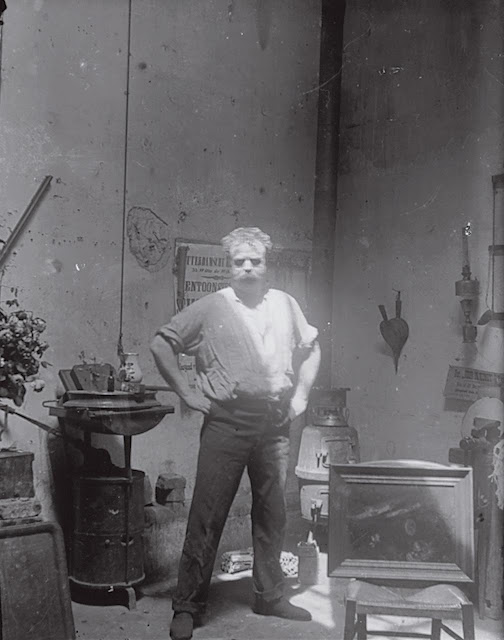Medardo Rosso: Post Impressionist Sculpture

You can learn more about Medardo Rosso here: https://en.wikipedia.org/wiki/Medardo_Rosso Poetry and atmosphere. A moment captured, made eternal, a gesture or moment that is seen and gone in a second. These works are so powerful and capture so much with so little hard edged information. Please spend time looking at each of these images, quietly and not in a rush to digest them. Try to quiet the noise and hunger of wanting to be better at sculpture and see how it can give voice to what has no words. Rosso's sculptures are subtle and quiet, quite different than Rodin and Camille Claudel. Look at the bits of information he gives to you as well as the large masses that the details emerge from. Is there a benefit to leaving parts of a sculpture to the imagination? the human eye fills in and reads light and dark to determine what something is from very little detailed information, this is why squinting helps you see and make artwork. The first eyes in the evolution of life


